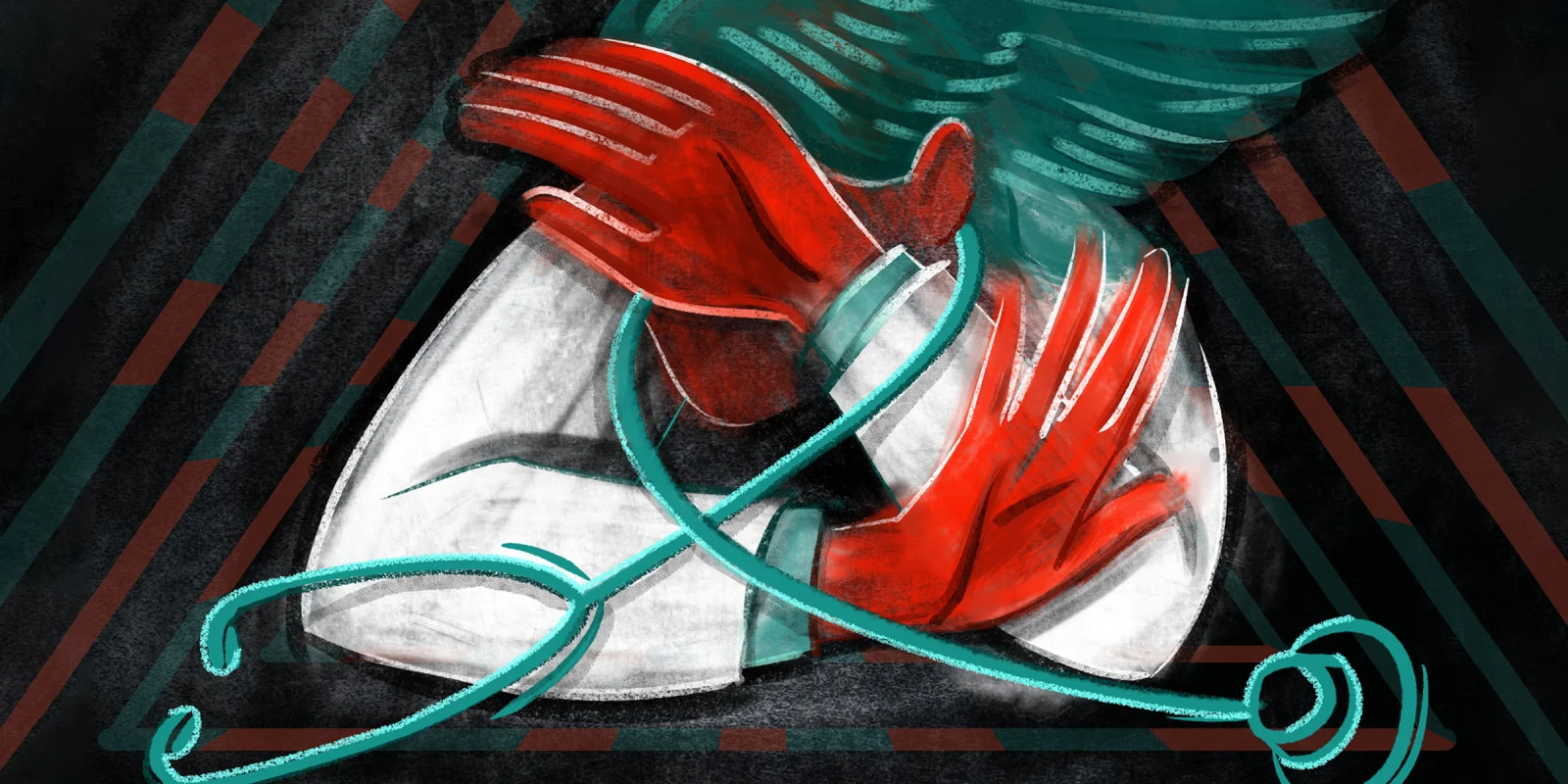I remember my professional rock bottom burnout moment like it was yesterday.
It was a bright sunny day and I was sitting at the desk in my home office. That’s when I got the dreaded phone call from my medical director asking, “Archana, is everything OK with you? We’ve been getting complaints from the nurses about how you’re showing up at work and that’s just not like you.”
I gasped as I heard his words and thanked God he couldn’t see my face on the other side of the phone because it was bright red with guilt, shame, and embarrassment.
He was right on so many levels. It was not like me to have people complain about me. I normally had a great reputation of showing up with a positive, upbeat, and cooperative attitude, and I got along well with staff. It was not like me to lose my cool even in the high stakes, fast-paced, and demanding environment of the busy community ED where I worked.
But I had to admit to myself that I had been feeling on edge — snapping easily and being short with the staff. It was at this moment that I knew I was experiencing burnout and that it was becoming evident at work. I apologized for my behavior and assured my director it wouldn’t happen again.
As I hung up the phone, I couldn’t understand why I was feeling so burnt out again. A year earlier it would have made sense to me. I had been experiencing some symptoms of professional and parental burnout then, but upon realizing it, I had made a conscious choice to implement some great self-care practices: exercising regularly, prioritizing my sleep, eating well, drinking lots of water, doing yoga and meditation. I even built a team at home to help support me in handling the second shift of home and family responsibilities that tend to fall on the shoulders of women.
I thought I was doing everything right, everything everyone said you must do to prevent burnout. I was doing so much more self-care than most of my fellow EM colleagues, and I knew I didn’t feel physically exhausted as I had the year prior.
In vain, I tried many other things to try to get out of burnout. “Maybe I should try out some different roles or mix things up,” I thought. So I joined some hospital committees, got back to some of my favorite hobbies, and even started a side gig. But all of that just added even more to my already full plate.
Next, I tried cutting down the number of shifts I was working. But even working fewer hours, I still left the hospital mentally and emotionally overwhelmed and exhausted. It was when I stumbled upon life coaching that I started to understand the crucial missing pieces of the burnout recovery puzzle. What I came to realize is that burnout is not just about physical exhaustion, it’s also about two other important pieces: mental and emotional exhaustion. And it wasn’t until I addressed what was happening in my brain, with my thoughts and emotions, that I would be able to get out of and stay out of burnout.
Burnout is complex and the moral injury of medicine (understaffing, being asked to do more with fewer resources, lack of administrative support, etc.) most certainly contributes. But I realized I didn’t have to wait for the big problems of the health care system to be fixed to feel better and feel empowered. In getting coached, not only did I have a safe space to share what I was thinking and feeling, I learned some key skills that most of us never learned anywhere along the way in our medical training. Skills that would make all the difference in the world.
As I learned and practiced these key skills, the emotional exhaustion and mental overwhelm dissolved. My burnout finally faded away. My experience with the power and impact of coaching is not unique and I later learned we have numerous published randomized controlled trials which show that coaching moves the needle on physician burnout and decreases emotional exhaustion.
One of the key skills I learned was thought work, which is the practice of observing and managing your brain. Much like we manage our snail mail or our email inbox, we can also manage our brains and the thoughts we are having. It’s thinking about our thinking and understanding first off that our thoughts are not facts and are actually our interpretation and perception of the facts. Knowing this we can then decide with intention which thoughts we want to keep and what we may want to discard.
Here is a step-by-step way to approach thought work so you can begin to implement it into your life.
1) Get all your thoughts out of your head.
I suggest filling a piece of paper by doing a thought download. I find this is easiest by choosing a particular area to focus on and giving myself a prompt such as: I’m frustrated about work because… or I’m angry at so and so because… Now go ahead and get all your thoughts down on paper. This step alone helps to alleviate the mental exhaustion by no longer taxing the brain to keep so many thoughts in mind.
2) Circle just the facts of the circumstance.
The facts are what everybody could agree upon in the court of law. For example, it’s 50 degrees outside, there were 20 appointments on my calendar today or the patient said, “I’m still in pain.”
3) Realize everything else not circled is our interpretation.
These are our thoughts, our perceptions, our opinions. What is powerful about this exercise is realizing that these thoughts are optional and that we can choose to let go of ones that are painful or don’t serve us, or we can shift them.
Much like two clinicians can see the same patient and have two different interpretations or diagnosis of the patient’s presenting symptoms, we can also take the same facts and choose a different interpretation or perception as well. We can start to poke holes in the thoughts by asking some clarifying questions.
As I learned the skill of developing new intentional thoughts that served me, I realized it was very similar to taking a history from a patient. For example, when a patient says they have a fever, we are taught not to just accept their statement as fact. We ask clarifying questions —What was the highest temperature reading? How did you measure your temperature? Are you still having fevers now?
Similarly, when a part of the brain offers up a thought such as: “I’m no good at this,” we can ask clarifying questions: According to who? What things are you doing well? What things can you be proud of? In what way are you doing a great job already? Where might you like to improve? In asking those clarifying questions, we come to a new thought, one that’s less painful and harsh: “I’m making progress and would like to improve in these specific ways.”
Practicing thought work regularly has helped me tremendously in addressing the mental exhaustion piece of burnout and has also led me to be more self-compassionate as well.
Practice your own thought work in the comments.
Archana Reddy Shrestha MD MS is a certified physician life coach and the Founder and Chief Wellness Officer of the Mama Docs School.
Illustration by April Brust







